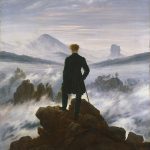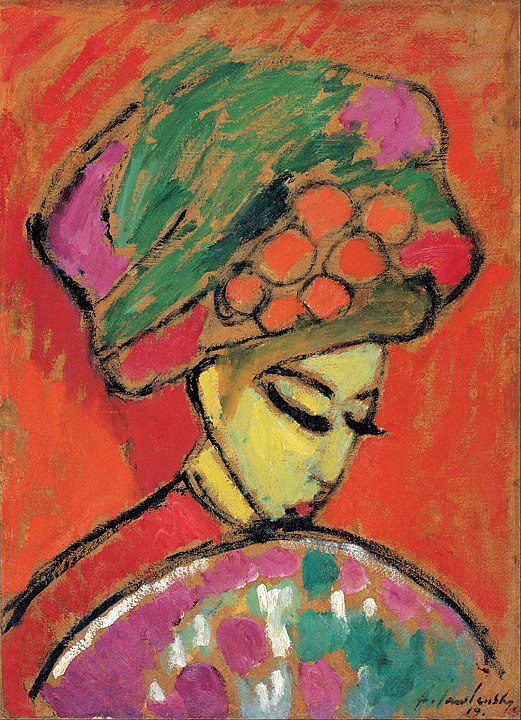
Alexej Georgewitsch von Jawlensky, born on March 13, 1864, in Torzhok, Russia, was a pivotal figure in the evolution of modern art in the early 20th century, bridging the gap between Russian spiritualism and European avant-garde movements. His journey from the disciplined world of military service to the liberated realm of expressionist painting reflects a profound transformation, mirroring the broader upheavals of his time. Jawlensky’s work is celebrated for its intense, emotional expressiveness, vibrant use of color, and exploration of spirituality through art, making him a foundational member of the Blue Rider (Der Blaue Reiter), a group that contributed significantly to the development of expressionism in Germany.
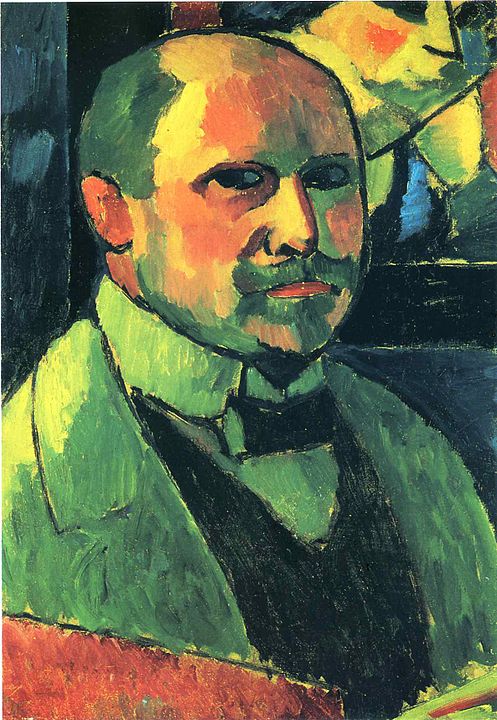
Jawlensky’s early life was steeped in the rigidity of a military family, with an initial career in the army awaiting him. However, his deep passion for art led him to abandon this path, moving to Munich in 1896 to study painting. This decision marked the beginning of a lifelong commitment to art, influenced by his studies under the realism of Anton Ažbe and the symbolist themes of Franz von Stuck. Munich, a vibrant artistic hub at the turn of the century, offered Jawlensky exposure to a plethora of artistic movements, which he absorbed and reflected in his evolving style.
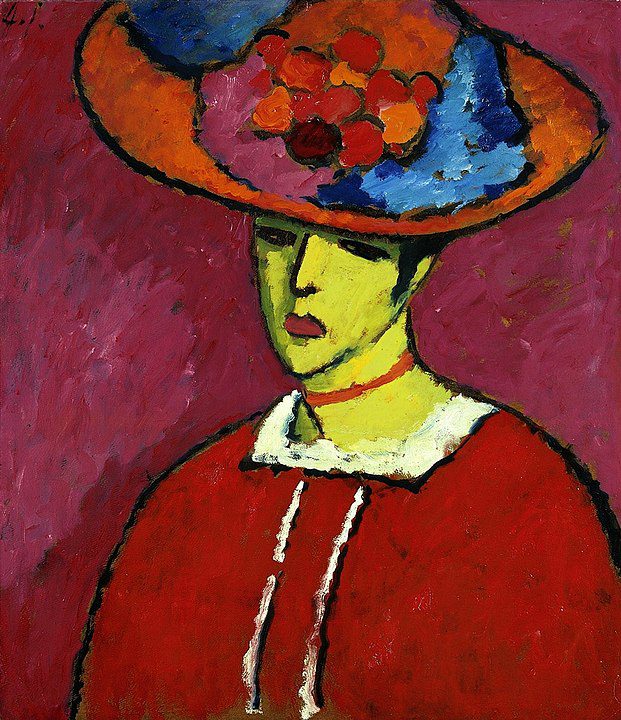
The artist’s early work was marked by a fascination with the human face, seeing it as the window to the soul and a conduit for expressing inner spiritual states. This interest culminated in his most famous series, “Heads” and later “Mystical Heads” and “Savior’s Faces,” where he explored the variation of form and color, reducing facial features to simple, yet profound, lines and shapes. These series signify Jawlensky’s transition towards abstraction, seeking to convey deeper spiritual truths through simplified forms and vibrant colors.
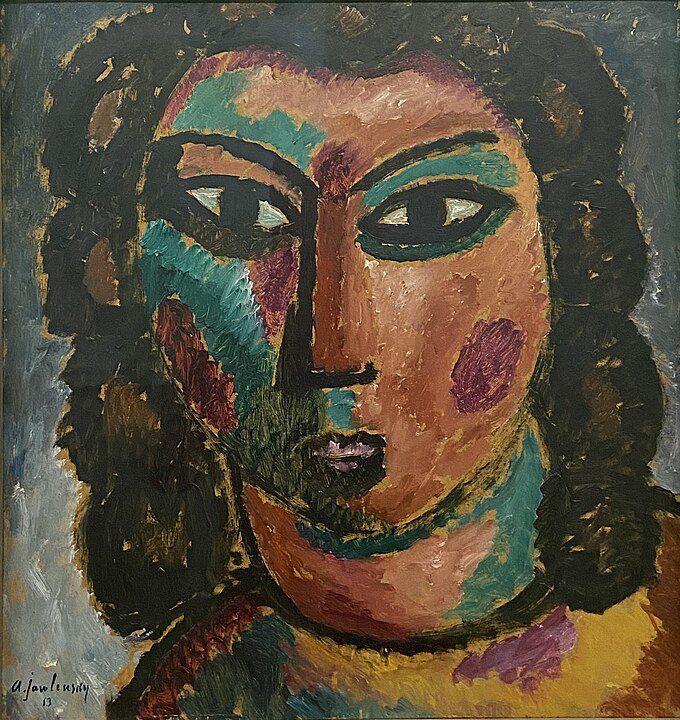
Jawlensky’s life was rich with artistic collaborations and friendships, notably with Wassily Kandinsky, Marianne von Werefkin, and Gabriele Münter, with whom he traveled across Europe. These relationships were instrumental in the formation of the New Association of Artists in Munich (Neue Künstlervereinigung München) and later the Blue Rider group, which sought to break away from traditional artistic constraints and explore the spiritual and symbolic dimensions of art.
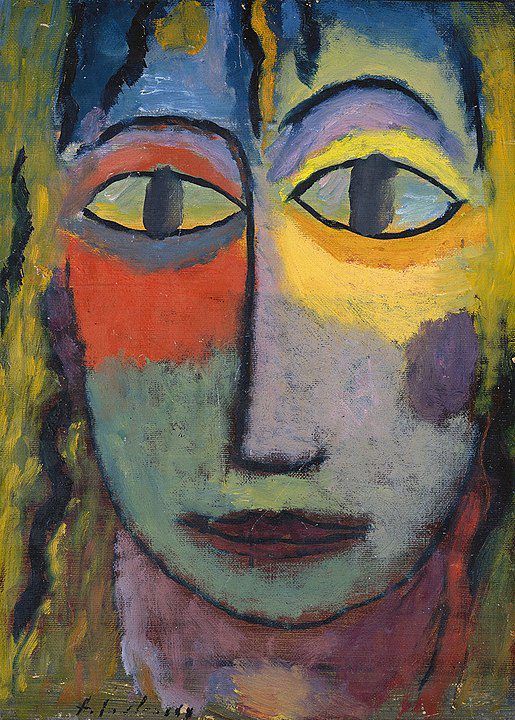
The outbreak of World War I forced Jawlensky to leave Germany, and after a brief internment in Switzerland, he settled there permanently. This period marked a significant shift in his work towards greater abstraction, influenced by the hardships of war and his ongoing spiritual quest. The landscapes and still lifes from this period are characterized by bold, emotive color and simplified forms, reflecting his continued exploration of the inner workings of the human spirit.
Despite achieving recognition and participating in significant avant-garde exhibitions throughout his career, Jawlensky faced financial difficulties and health problems, including severe arthritis, which eventually limited his ability to paint. Undeterred, he adapted his style to these physical constraints, creating small, meditative works he called “Meditations” in his later years. These pieces, characterized by their reduced, abstract compositions, represent Jawlensky’s final artistic evolution, a profound synthesis of his lifelong exploration of color, form, and spirituality.
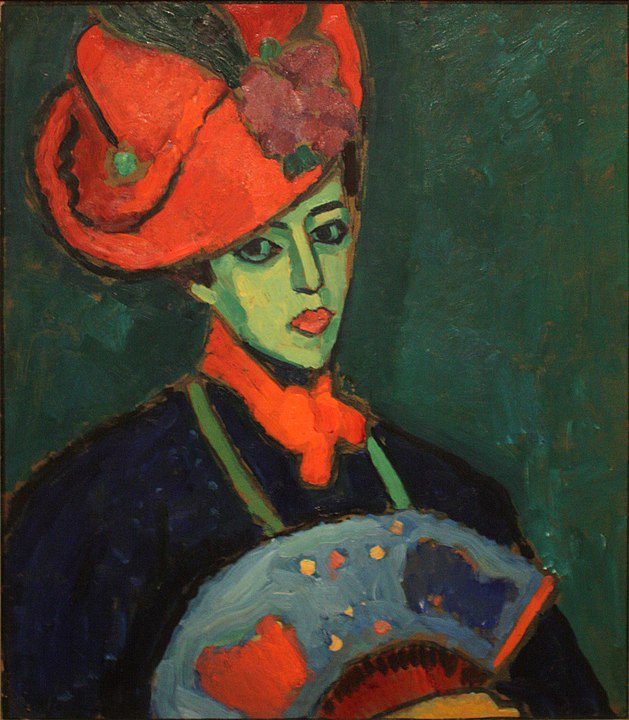
Jawlensky’s contributions to modern art were not fully recognized until after his death on March 15, 1937, in Wiesbaden, Germany. Today, he is celebrated as a pioneering figure of expressionism, whose work laid the groundwork for the development of abstract art. His legacy is a testament to the power of art to express the deepest aspects of human experience, transcending cultural and temporal boundaries. Through his vibrant canvases, Jawlensky invites us to contemplate the spiritual dimensions of life, making him a pivotal figure in the narrative of 20th-century art.



